Ever since they exploded into public consciousness in the early 2000s, the Arctic Monkeys, fronted by Alex Turner, have remained festival-headlining indie mainstays to this day.
Over the years the band has repeatedly reinvented itself, from teenaged indie darlings to bequiffed, leather-jacketed rock stars, and today’s Bowie-esque sci-fi lounge act.
Most of the band’s musical identity comes from the pen and fingers of frontman Alex Turner, whose wry wit and arsenal of riffs informed the bulk of the Arctic Monkeys output.
In this article, apart from the Arctic Monkeys amp settings, I’ll take you on a tour of Alex Turner’s favored guitars and amps and his choice of pedals.
With a band as diverse as the Arctic Monkeys, it’s easier said than done to nail down all their gear. Instead, I’ll focus on the band’s two most commercially and critically acclaimed eras: their jangly, early material (circa Whatever People Say I Am, That’s What I’m Not) and their genre-busting opus AM.
In particular, I’m going to look at the unique fuzzed-out guitar tones of “Do I Wanna Know,” the signature song of the band’s later years.
Table of Contents
Arctic Monkeys Guitars
Alex Turner’s taste in guitars tends to change with the band’s music. In the early days, Alex Turner was a devoted user of an Arctic White Fender Stratocaster. This was his main guitar for the band’s first two albums and tours. He also used a Fender Bronco, a short-scale single-pickup student model.
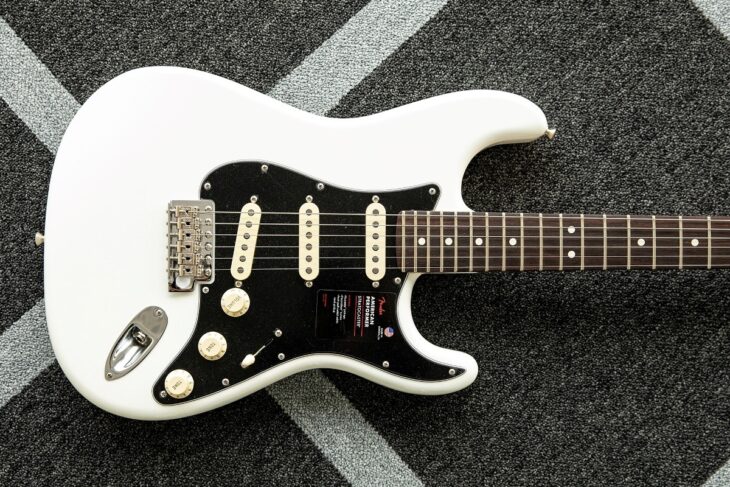
Turner has also long been very partial to the Fender Jazzmaster, wielding both Fender-made versions and a Warmoth copy.
Finally, perhaps the most bizarre guitar in the Turner arsenal is the Vox Starstream XII, a twelve-stringed teardrop-shaped guitar with built-in effects including fuzz, tremolo, a treble booster, and wah.
Through the AM era, Turner often played a black Gibson Les Paul Custom for the band’s heavier uptempo numbers such as “R U Mine.”

While vintage Vox instruments and Strats are out of the price range of most guitar players, there are plenty of cost-effective alternatives on the market. The Squier Classic Vibe Stratocaster is a great option for the bright, jangling tones of early Arctic Monkeys work.
A Squier Classic Vibe Jazzmaster will cover tones across both Whatever People Say I Am and AM eras, depending on your choice of amplifier and pedals. The Classic Vibe series of guitars from Squier offers excellent value for money, particularly compared with other guitars in the price range.

For Alex Turner’s thicker humbucker tone, it’s hard to beat the Epiphone Les Paul Custom with its dual humbuckers and solid mahogany body.
Alex Turner often used a Gretsch Duo Jet during the AM era, and the Electromatic Duo Jet is an excellent alternative at a much lower price. The Electromatic guitars are almost identical to the full-priced Gretsches, but with lower-cost pickups and cheaper construction in Korea and China.
Arctic Monkeys Amps
Alex Turner often uses obscure vintage amps like the Selmer Zodiac Twin for his studio work, but on tour his preferences are much easier to replicate.
As a general rule, Alex Turner prefers amplifiers with a lot of clean headroom. Headroom is the capacity of an amp to perform at higher volumes without distorting.
This is because, as a general rule, his overdriven and distorted tones come from his choice in guitar pedals.
Fortunately, Alex Turner has remained relatively consistent in his choice of amplifiers over the past twenty years. He prefers tube amps with a chiming clean sound, preferably vintage.
You can clearly hear the high headroom and chiming clean tone of the Orange AD30 in the early Arctic Monkeys recordings and tours. He has, in later years, taken kindly to the Fender Twin Reverb, preferring a Silverface model.
For guitar players looking to replicate some of Turner’s tonal mojo on a tighter budget, I highly recommend the Orange Dual Terror, which has power-switching options and the classic Orange tone in spades.
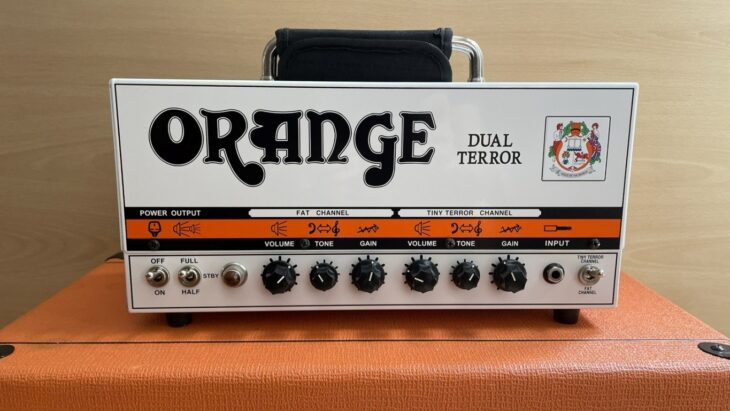
For a combo amp alternative, I’d recommend the Fender Bassbreaker combo, which has the glassy clean tone of a classic Fender amp. It also breaks up quite nicely if you’re chasing an overdriven sound, and operates as a pleasantly neutral pedal-platform style amp.
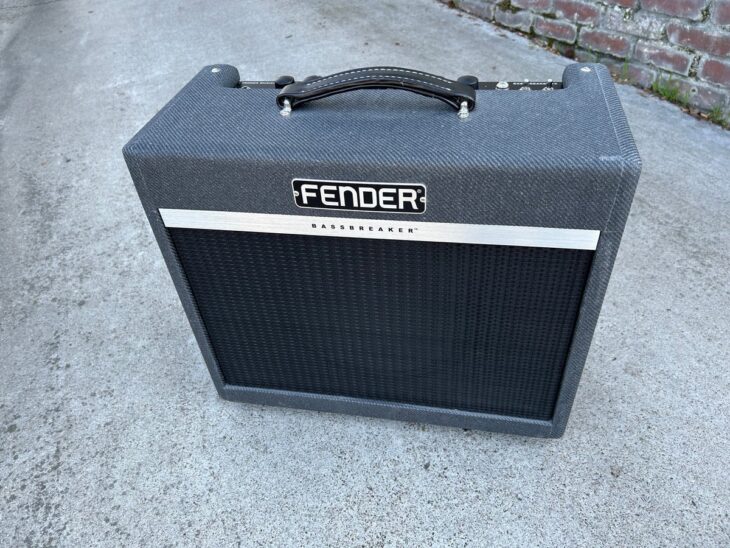
The amplifier being pedal-friendly is another major factor in the Arctic Monkeys tone quest, because of Alex Turner’s prodigious appetite for guitar pedals.
Alex Turner Pedalboard
Much of Alex Turner’s tonal textures come from his broad range of pedals.
He prefers the fizzy, fuzzy drive of pedals over the warm saturation of a cranked power amp. This has remained true for the past twenty years of Arctic Monkeys recordings.
A mainstay of Turner’s early recordings was the Proco Rat 2. He actually used two of these pedals, one for his main overdriven tone and the other as a boost for leads. Most of the nasty, snarling tone of the first album comes from the Proco Rat with a Stratocaster.
Turner has also been partial to the Tube Screamer, particularly the TS808, which he used throughout the AM era.
Alex Turner also enjoys the occasional chorus pedal, often deploying the Boss Chorus Ensemble to enhance his lush, warm clean tone.

For early Arctic Monkeys tone, I recommend running the guitar into the amp as dry as possible with no echo or modulation, and using an overdrive for your distorted tones.
Do I Wanna Know Pedals
The opening riff of “Do I Wanna Know” is a certified modern classic. It’s instantly recognizable, with equal elements of Black Sabbath and Dr Dre. Alex Turner’s tone on the song has an overdriven snarl with a gentle, analog tremolo warble.
Most of the tone on this song comes from the effects in the Vox Starstream XII, but it’s possible to get very close using pedals of your own.
First of all, the fuzzy, distorted tone on “Do I Wanna Know” comes from the Coopersonic ValveSlapper Dual-Valve Distortion, a boutique pedal built in Nottingham, England.
To get this tone on your own, I’d recommend using an overdrive like the TS808 with an octave pedal such as the Boss OC-5 to emulate the effect of a 12-string guitar.
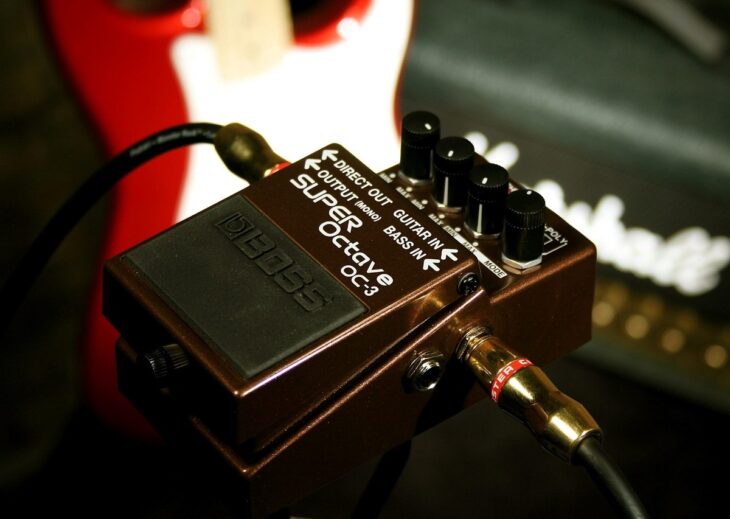
You may need some additional distortion on top, in which case I would recommend either the Proco Rat or a Big Muff-style pedal run at a very low gain setting.
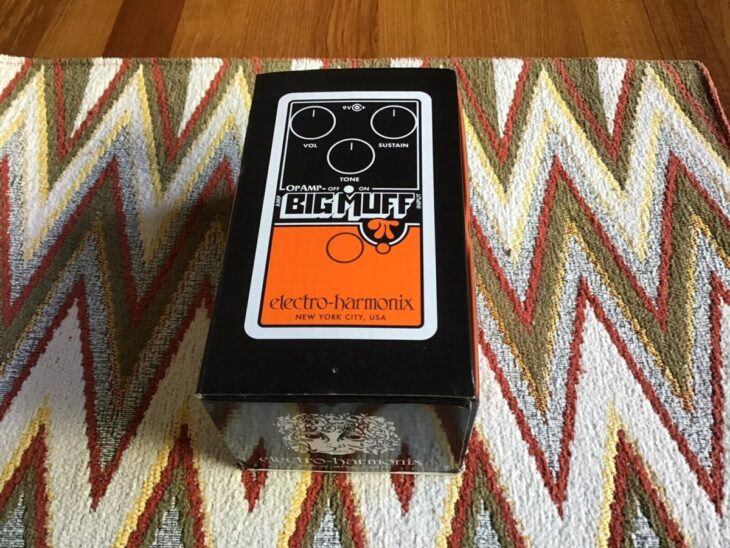
You’ll want a warm tremolo effect such as the EHX Nano Pulsar for the riff’s “warble.”
You’ll also need an echo effect: Alex Turner uses the Electro-Harmonix Holy Grail or the reverb included on his Fender amp. The Holy Grail is also a favorite of artists like Chevelle, Mac DeMarco, The Strokes and My Chemical Romance.
Arctic Monkeys Amp Settings
I’ve based the below settings on Alex Turner’s base clean tone as heard on the AM world tour.
You can use these amp settings for “Do I Wanna Know,” as much of the tone for that song comes from Turner’s choice of guitars and pedals.
Similarly, by changing your choice of pedals, you can use these settings for the tones on “Brianstorm” or “Dancing Shoes”. While these settings are modeled after “Do I Wanna Know,” particularly the band’s performance at Glastonbury, they apply very well to the rest of their material, too.
Gain: 5
Alex Turner tends not to rely on his amplifier’s own gain staging for overdrive. Run the gain high enough to push the amplifier, but not so high that the guitar-into-amp tone is distorted.
Volume: 5
Alex Turner’s base tone is actually quite clean. The volume can be around 5 so you aren’t pushing the amplifier too hard.
Mids: 7
You want enough midrange to give your guitar tone definition, without becoming overly nasal.
Treble: 7
Because we’re using a lot of distortion, you want a high treble to make sure all your notes are clear and true. There is a lot of high-frequency twang on this tone, so we’re setting the treble relatively high.
Bass: 4
You want a lower bass frequency to really let the guitar twang and sing.
Do I Wanna Know Tone
As with all great guitar players, much of Alex Turner’s guitar tone comes from how he plays as much as what he’s playing.
Turner tends to keep his picking hand close to the bridge of the guitar. This is where a lot of the twang and snap in his tone comes from.
Experiment with picking the strings at different places on the guitar’s body. If you play the string closer to the guitar’s bridge, you get a more trebly tone. Picking closer to the fretboard offers a rounder, sweeter, more bassy tone.
Alex Turner, particularly for single-note riffs such as “Do I Wanna Know”, likes a lot of treble, so he plays close to the bridge.
Turner also has a very particular vibrato. It’s relatively slow and lazy, owing more to the vibrato of old-school jazz players than the wide-aggressive vibrato of most rock players. He also deliberately chooses when to play vibrato and when not to: this helps contribute to the tense, dramatic feeling of the “Do I Wanna Know” riff.
Turner is also very deliberate with how he enters each note in the riff. Pay careful attention to which notes he slides into or out of, and which notes he picks straight on. Much of the riff’s sound comes from how Alex Turner chooses to articulate each note.
Final Word
Armed with a Jazzmaster, Les Paul or Duo Jet, a tube amp, and the right combination of pedals, you’ll be well on your way to capturing some of the magic of the Arctic Monkeys’ seminal album AM. Don’t be surprised if a leather jacket spontaneously finds its way onto your shoulders.
I highly recommend learning as many of the riffs from that album as you can, as the record offers a masterclass in modern guitar playing.

